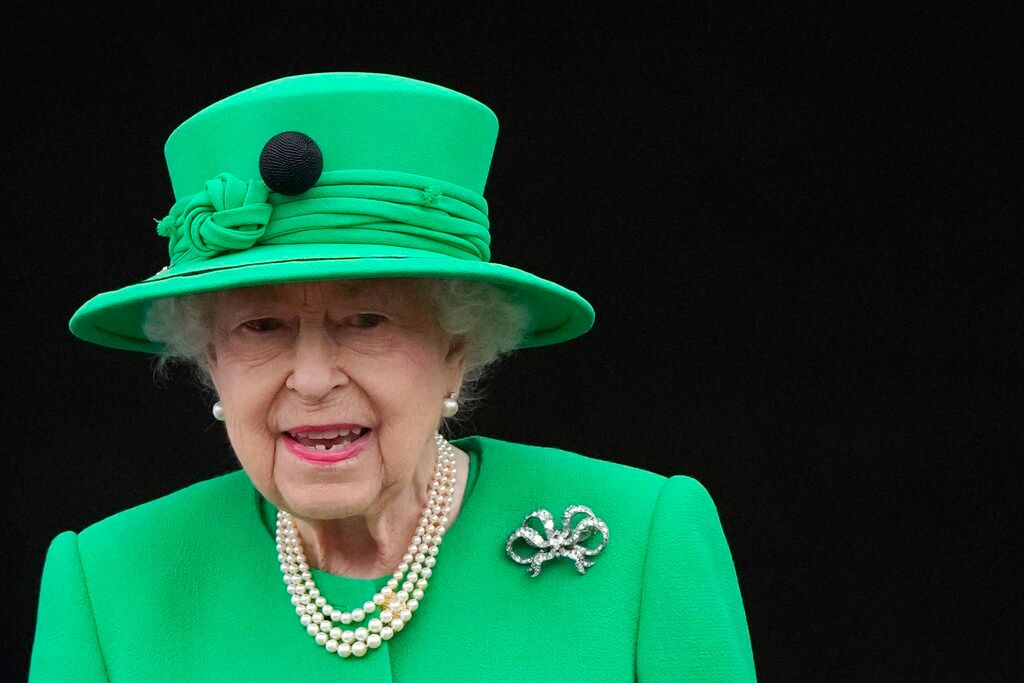Charles, the former Duke of Cornwall, was formally crowned as the new monarch of England on Saturday. The 73-year-old succeeded Queen Elizabeth II, who passed away on Thursday from ailments associated with old age. The King approved an order declaring a bank holiday on September 19, the day of the Queen’s funeral.
Also read: King Charles III is the new UK monarch: Who were Charles I and Charles II?
Both Queen Elizabeth II’s last will and testament, which outlines how her money will be divided upon her death in Scotland on Thursday, and her wealth, which sometimes would be considered to refer to her as one of the wealthiest women in the world, have remained secret.
Brand Finance, a valuation consulting company, assessed the British monarchy as a brand at approximately $88 billion in 2017. According to Forbes, the Queen’s personal wealth, which includes investments, artwork, jewels, and real estate, is worth approximately $500 million.
Also read: Next generation of the British Royal Family will see more scrutiny
The sovereign’s will and the wills of the other members of the royal family have traditionally been kept secret.
The late Queen’s wealth was estimated by The Sunday Times Rich List to be 340 million pounds in 2015. The Duchy of Lancaster is the primary source of a British sovereign’s personal wealth.
It is the sovereign’s private estate and exists solely to provide the reigning monarch with revenue; in the fiscal year that ended on March 31, its valuation was estimated to be over 652 million pounds, and it produced a net surplus of 24 million pounds.
Also read: Queen Elizabeth II funeral: Plans for the day, what lying in state means
The Times claims that because it is a non-transferable asset of the Crown, it would not even be mentioned in the Queen’s will and would instead flow from sovereign to sovereign tax-free.
According to the newspaper, a 1993 agreement between the Queen and the then-John Major-led government, in which the Queen pledged to pay income tax for the first time, resulted in no inheritance tax due on the monarch’s personal riches.
Bequests from sovereign to sovereign were excluded from inheritance tax as part of that arrangement.
Also read: King Charles proclaimed king: Who are next in line?
According to the 2013 Treasury Memorandum of Understanding on Royal Taxation, “The reasons for not taxing assets passing to the next sovereign are that private assets such as Sandringham and Balmoral have official as well as private use and that the monarchy as an institution needs sufficient private resources to enable it to continue to perform its traditional role in national life, and to have a degree of financial independence from the government of the day.”
Also read: Queen Elizabeth II death: Who’s who now in the Royal Family
During a legal dispute involving Princess Margaret, the Queen’s younger sister, a court was informed that the main motivation and goal of sealing royal wills is to protect the privacy of the monarch.
Additionally, because the late queen served as the source of legal authority, her will did not need to be made public like other wills for technical legal reasons.
Also read: Camilla’s designation, Queen Consort: What does it mean, and how did she get it?
Many of the sources of her wealth, including the palaces, the Crown Jewels, and the artwork, do not, however, fall under the category of her own property; rather, they are kept in trust for future generations and will eventually pass to the King.
Earlier on Saturday, King Charles III, the heir to Queen Elizabeth II, reiterated the custom of turning over all Crown Estate royal profits to the people in exchange for the Sovereign Grant, which pays for the expenses of the UK royal family.







